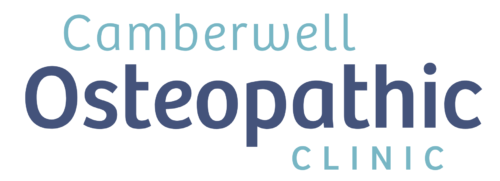Almost everyone is familiar with the term sciatica, but as it becomes more commonplace, its meaning can become rather ambiguous. Consequently, it often gets associated with any form of back pain that may or may not extend into the leg.
Before dispelling some common myths, let’s clarify essential symptoms and definitions related to sciatica.
What is sciatica?
Sciatica refers to symptoms stemming from the sciatic nerve, where the nerve undergoes irritation, sensitization, or experiences pressure, resulting in sharp, shooting pain down the back of the leg or at any point along that nerve.
Symptoms include:
Dominant leg pain, surpassing any concurrent back pain.
Heightened leg pain during coughing, sneezing, and/or deep breaths.
Tingling, numbness, or weakness in the affected leg.
Sharp or shooting pain felt deep in the buttocks.
Now, let’s address some prevalent misconceptions about sciatica.
Pinched nerve as the sole cause of sciatica.
Many patients often attribute sciatica to a pinched nerve. However, it’s crucial to note that the exit point for the nerve allows for several centimeters of movement, offering considerable flexibility. While terms like “pinched nerve” might sound alarming to non-medical individuals, opting for safer terminology such as “the nerve is more sensitive” or “crowded out area” is advisable.
Disc blamed for nerve compressions.
Although there are cases where the disc is responsible for mechanical pressure on the nerve, lingering symptoms can persist even after the disc reabsorbs into the spine. This may be due to residual inflammation affecting the nerve. Additionally, changes in blood supply to the nerve roots, a natural part of aging, can result in a sensitized nerve rather than the typical “compressed” scenario.

Man feeling backache after sleeping in bed
Singular events causing sciatica.
Contrary to the common belief that sciatica results from a single incident like lifting a heavy object, it can stem from prolonged postures, certain professions, inactivity, accidents, trauma, pregnancy, and even affect those in peak physical condition.
Passive treatments for sciatica.
Contrary to popular belief, bed rest or surgery is not the sole remedy for sciatica. Numerous studies indicate that staying active is more beneficial than extended periods of bed rest. Long-term studies also show no significant difference in outcomes between surgical and non-surgical approaches.
In essence, it’s important to recognize that ‘sciatica’ is not a definitive diagnosis. Whether formally diagnosed or not, the key is to identify what is irritating the nerve, causing leg pain, rather than fixating on a diagnostic label. If you are grappling with lower back pain concerns, consider scheduling an Osteopathic appointment. We can assess your condition, devise a strategy to restore movement and comfort, and, most importantly, determine the underlying cause to prevent recurrence.




